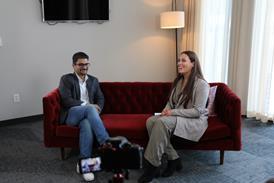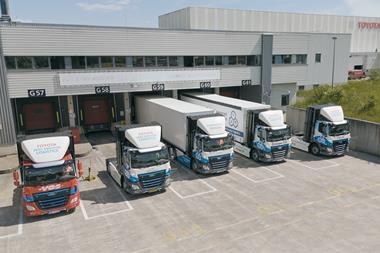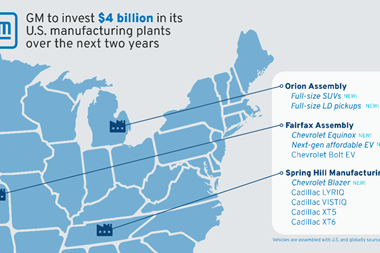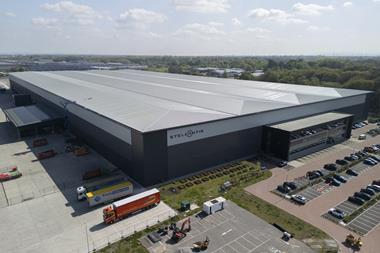
Freight rates for container shipping have fallen so dramatically in the past months that many struggling container lines and other players will not survive if prices stay at this level or decrease further, according to several executives from shipping lines and logistics companies.
Speaking at Bremen Logistics Day 2009 in Bremerhaven, Germany, Frank Dreeke, Managing Director of EKB Container Logistics said all companies are now in a battle to survive. “Clearly said our industry has reached the absolute limit [that it can] digest falling rates,” he said.
Yu Zenggang, President of China Shipping (Europe), said that prices are dropping quickly as trade flows between China and Europe have continually declined since the third quarter of 2008. He said that vessels moving east to west are now loaded only 60-70%, on average. The price of a container shipped from Shanghai to Europe has dropped to $300 from $1,250 last year, while journey from China to the US had dropped by at least $300.
NYK Group Europe’s Executive Vice President, Svein Steimler, pointed out that in some cases the price of moving a box from South Asia to Europe had dropped to as low as $150, about 10 times less than it would cost to send a container 3kms in Germany by road. He said that shipping lines have been desperately scrapping ships and cutting service to survive, but claimed that customers expect similar or increasing levels of service despite the rate cuts. “We have not even entered the dark tunnel yet,” he said, predicting that major companies would go bust. “It will be a bloodbath. This is a fact.”
Emanuel Schiffer, Chairman of the board for Eurogate, echoed Steimler’s calls for a better understanding of the situation from the customers of shipping lines and logistics companies, including carmakers: “We have the bring the message [to customers], that if they keep on pushing prices down this way, they will cause death,” he said.
But the current prices are largely because the balance between supply and demand was “flushed down the toilet” at the end of 2008, according to Steimler. No amount of cost cutting or price negotiations could bridge this gap. Steimler admitted that shipping lines had swallowed whole the predictions of seemingly endless growth in container shipping from customers, as well as the IMF, which early last year were still predicting growth in the container market. He told Automotive Logistics that no fewer than 100 ships with 14,000 TEU capacities, ordered before the crisis, were slated to come online this year.
Steimler noted there were just a few shining calls left for shipping lines that showed any hope for growth this year, citing specifically inter-Asia container trade, as well as West Africa, which he said is growing 20% year on year for containers. “Economies in West Africa are still cash economies, and so are less affected by the financial crisis,” he said.


































